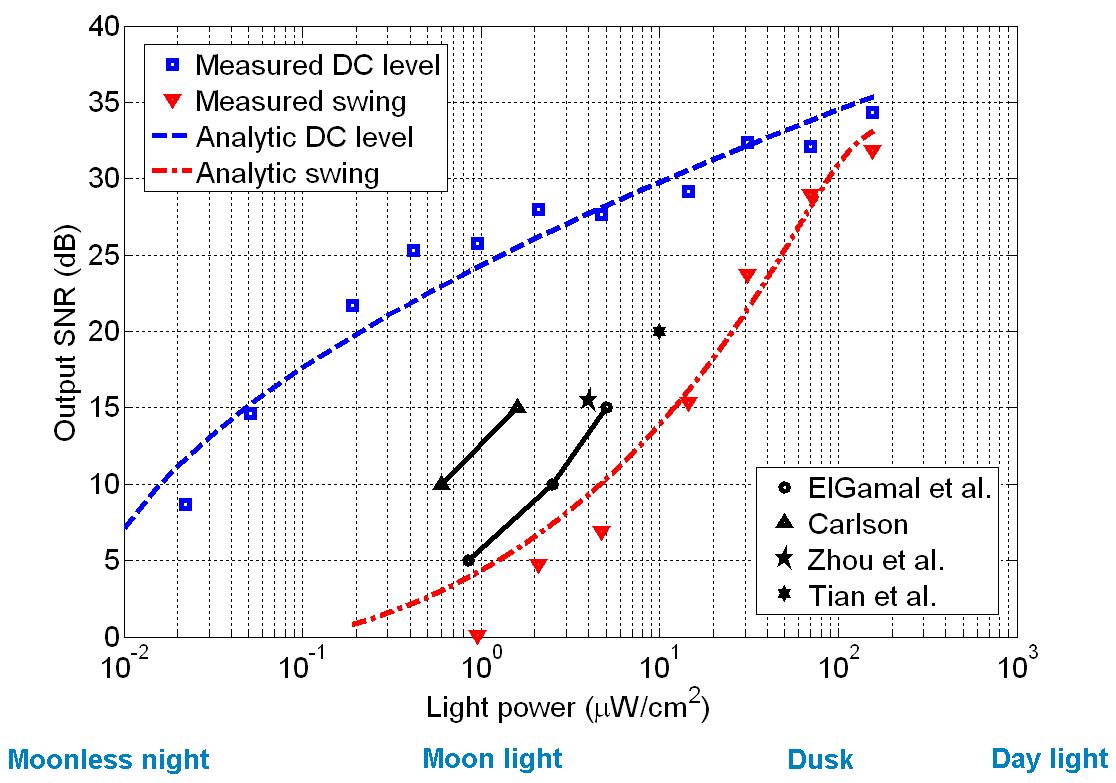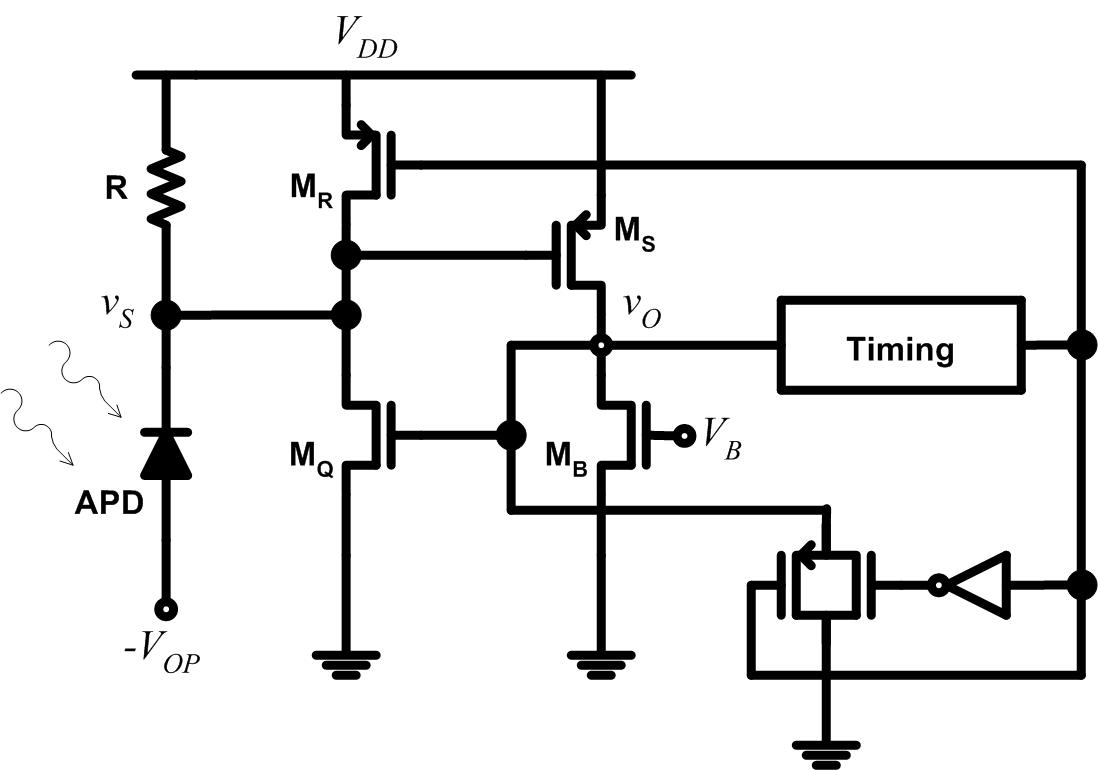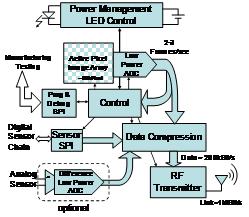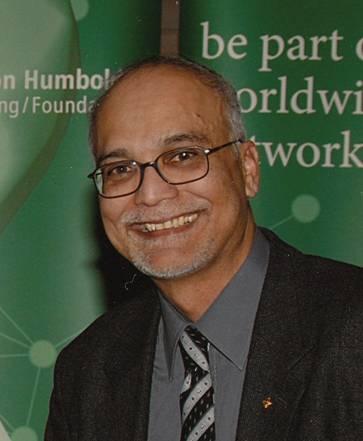Trace: » jamal_deen
Dr. M. Jamal Deen
PhD FRSC FCAE FAPS FIEEE Professor
Senior Canada Research Chair in Information Technology
Electrical and Computer Engineering, McMaster University
1280 Main St. West, Hamilton, Ontario L8S 4K1, CANADA
Tel: 905 525 9140, ext. 27137; Fax: 905 523 4407
E-mail: jamal@mcmaster.ca; Web: http://www.ece.mcmaster.ca/~jamal/
Research Interests
Micro-, Nano- and Opto-electronics for life and environmental sciences; Biosensors, Imaging Systems, Micro- and Nano-systems
Major Honors
Fellow - The Royal Society of Canada - The Academies of Arts, Humanities and Sciences of Canada
Fellow -The Canadian Academy of Engineering
Fellow (Foreign) - The Indian National Academy of Engineering
Fellow - The American Physical Society
Fellow - The Electrochemical Society
Fellow - The Institute of Electrical and Electronic Engineers
Honorary Member (highest honor) - The World Innovation Foundation
Eadie Medal - The Royal Society of Canada
Sample Bio-imaging Research Project
High-speed, High-sensitivity Silicon-Based Photodetection Systems for Biomedical Applications

Fluorescent and auto-fluorescence spectroscopic imaging are important techniques that can be used to provide information on the functional properties of tissues and can also serve as a useful diagnostic indicator. In auto-fluorescence spectroscopy, the detected spectrum can be used to diagnose the affected tissue, as it has a different spectrum than a normal tissue. Recording the intensity of the response of a sample tissue in both time and wavelength domains show that the peak of the fluorescence response decays with time. This leads to the idea of using this time domain response, instead of only the spectrum, to diagnose the tissue is preferable.


In this research, an imaging system used to capture the time and wavelength domain responses of auto-fluorescence signals is being developed. First, similar to commercial spectroscopy systems, our system will be very sensitive and capable of detecting very low levels of light with acceptable signal-to-noise ratios. Our imaging system will have a time-domain resolution to be able to capture light with ns time resolution due to the fast detector response time. Also, the imaging system will be sensitive at the wavelengths of interest for functional imaging. In addition, we are also researching novel avalanche photodiodes operating as single-photon detectors, and that can been designed in a standard CMOS technology. We have already demonstrated the viability of some designs. At the circuit level, the peripheral circuits (quench and reset switches, active quench, monostable, gating) needed for the high-performance operation of the avalanche photodiodes are being improved to provide ns time resolution. This will allow us to develop small, portable and low-cost high-speed, high sensitivity imaging systems for biomedical applications.
You are here: start » public » ccsip » jamal_deen
